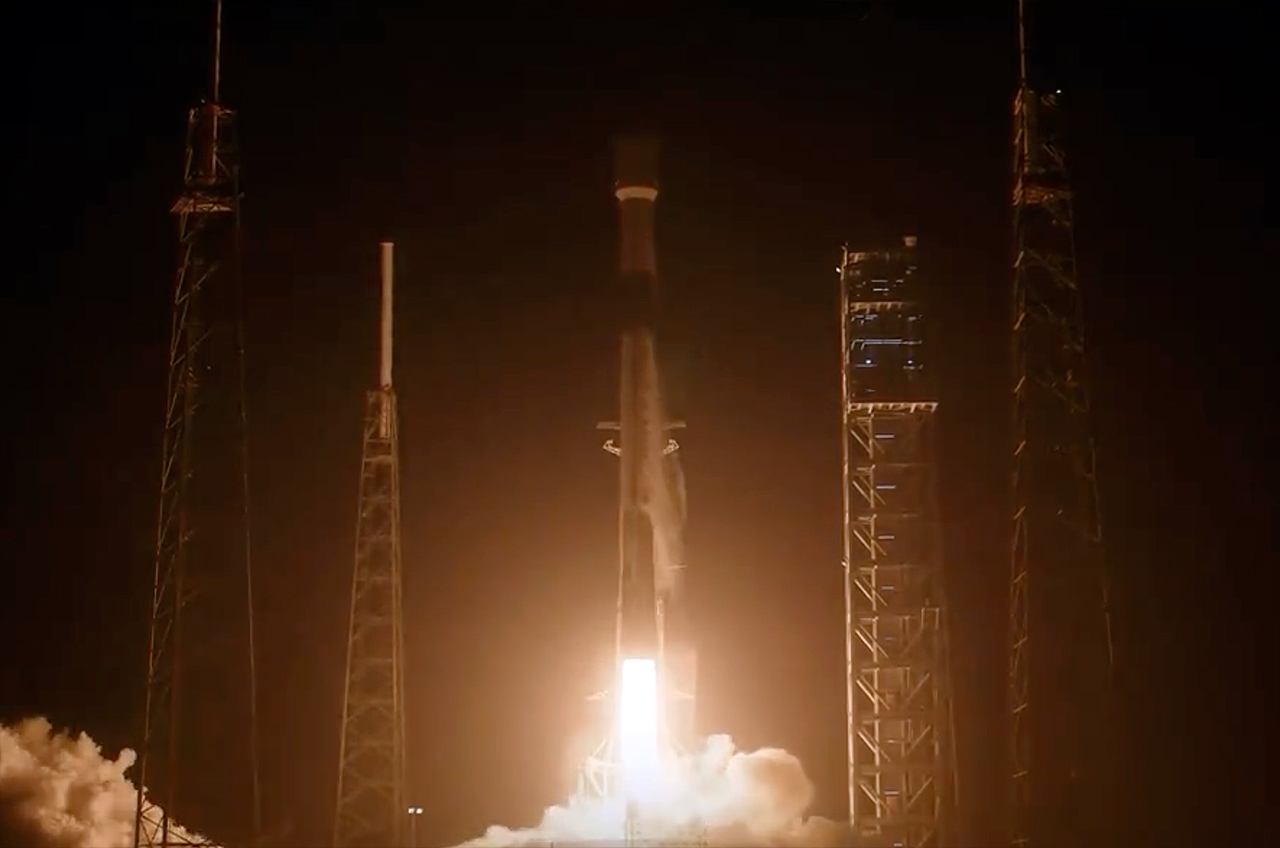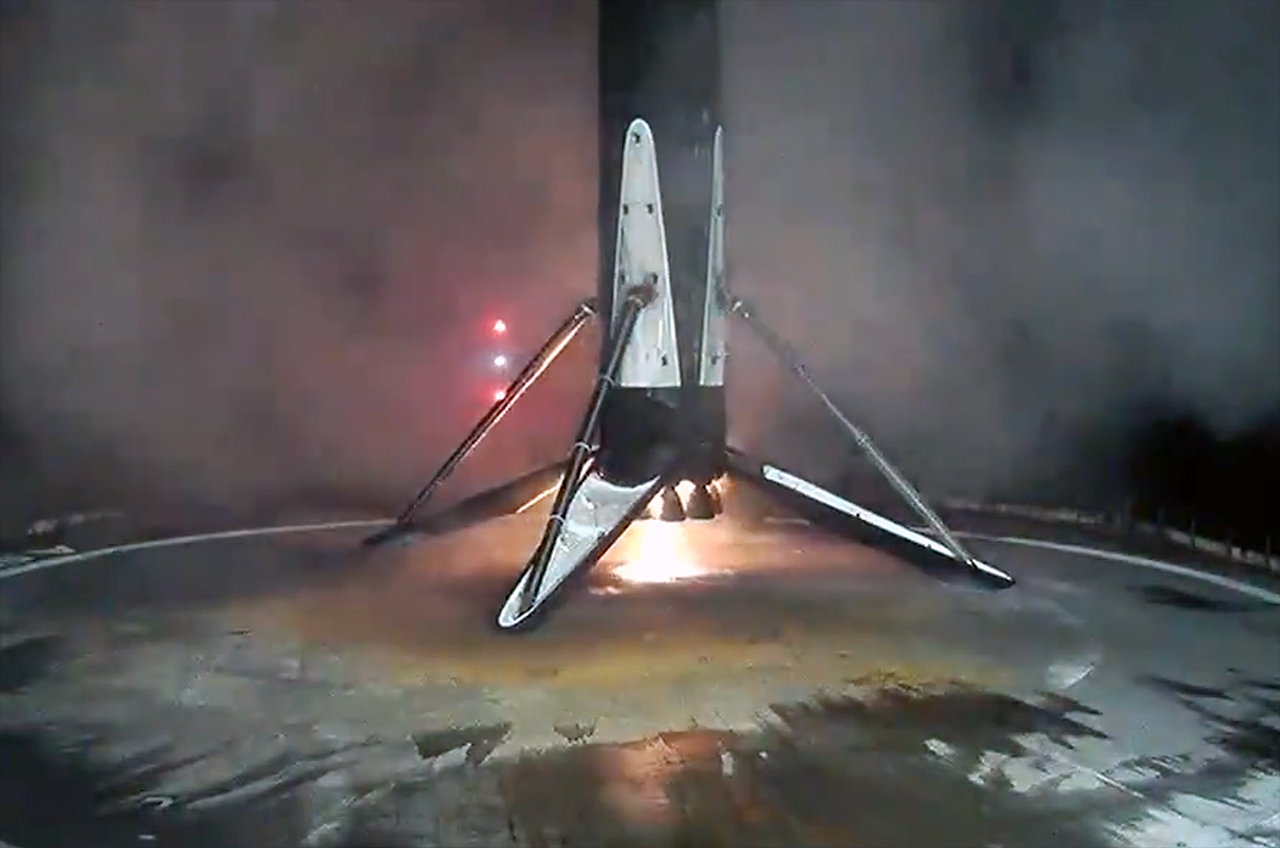
SpaceX broke its own rocket-reuse record on Friday (Nov. 3).
A Falcon 9 rocket launched 23 of SpaceX's Starlink internet satellites to orbit from Florida's Cape Canaveral Space Force Station at 8:37 p.m. EDT (0047 GMT on Nov. 4). It was the unprecedented 18th mission for this Falcon 9's first stage, according to a SpaceX mission description.
Related: Starlink satellite train: How to see and track it in the night sky

The Falcon 9's first stage came back to Earth to make a vertical landing about 8.5 minutes after launch on the drone ship A Shortfall of Gravitas, which was stationed in the Atlantic Ocean a few hundred miles off the Florida coast.
The Falcon 9's upper stage, meanwhile, continued hauling the 23 Starlink satellites to low Earth orbit (LEO). The spacecraft will be deployed there about 65.5 minutes after liftoff.

SpaceX and its billionaire founder and CEO, Elon Musk, have long prioritized the reusability of spaceflight hardware, seeing it as a key breakthrough that will enable Mars settlement and other ambitious exploration feats.
The company therefore keeps pushing the reuse envelope. The previous Falcon 9 record of 17 flights, for example, was set on Sept. 19 and tied just four days later.
Many of these Falcon 9 missions have been dedicated to building out Starlink, SpaceX's broadband megaconstellation in LEO, which currently consists of nearly 5,000 operational satellites. The Falcon 9 that flew on Friday evening, for instance, already had 12 Starlink missions under its belt, according to the SpaceX mission description.







